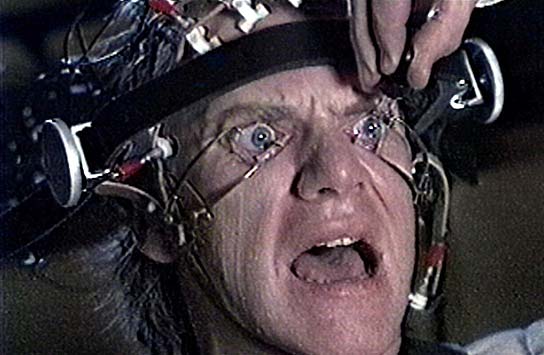I presume this discussion is about short term trading, unless the implication is that swing traders are screen zombies.
Although I primarily trade stocks, I have recently started 'dabbling' (using similar methods) in the ES and the Bund - mostly because of time zones and the fact the US stock market opens at 8:30pm where I am.
If I am at home in the daytime, I will trade the ES from roughly 9pm eastern time right through until perhaps 11am eastern time. All I do is set up alert levels and then watch the tape/DOM if it hits one of those levels. There is no need to watch the screen all the time, in fact doing it would be detrimental as you'd feel the need to be in a trade. There is usually 1 good trade setup in the overnight session and then perhaps 1 or 2 in the morning on the ES. In all that time, I'm probably staring at the screen for an hour or so.
The Bund I have just introduced as it appears to fit the way I trade, this is something I just brought in over the past few weeks though, so it's pretty early to tell. It does appear on the surface to be a lot easier to trade than the ES. The same thing applies - have a look when you start - set up some levels and have an alert when it hits - then go look at some porn or something. Have a look once an hour to see if anything is brewing and perhaps set up some other alerts.
I can't concentrate on the DOM/T&S for long periods of time. It burns me out. So - I prefer to save my concentration and just focus at points where I think something interesting might happen.
Once you are in a position - of course you need to be a bit more active managing it but you don't need to be like this :
I think there's a middle ground between "set and forget" and "screen monkey"


